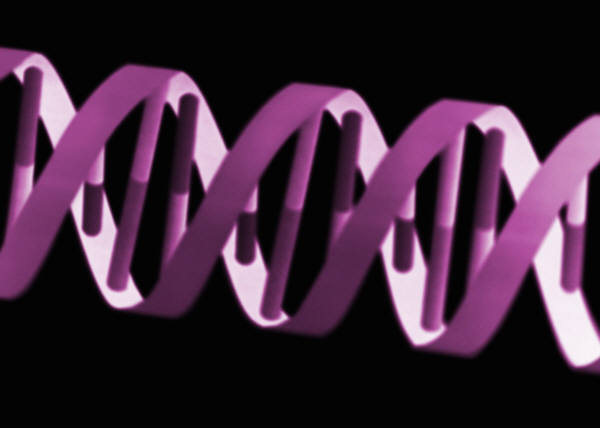Supreme Court Rules Human Genes Cannot Be Patented

The Supreme Court ruled yesterday that isolated human genes cannot be patented. It’s a semi-defeat for Myriad Genetics, a company that holds patents on two genes associated with an increased hereditary risk for breast and ovarian cancer, BCRA-1 and BCRA-2. The company was awarded patents on the isolated genes and diagnostic methods back in the 1990s, and claims to have helped nearly one million people learn more about their risk for cancers since then.
Justice Clarence Thomas wrote for the unanimous court that, “Myriad did not invent the BRCA genes and should not control them. Because of this ruling, patients will have greater access to genetic testing and scientists can engage in research on these genes without fear of being sued.”
The ruling is a huge breakthrough for medical innovation, as researchers can now test on these genes without fear of being sued. It will also improve access and lower costs of testing for patients. The technology for these types of tests has been around for some time, its only limit being the patent protection on the gene itself. Now, companies will have more freedom to offer affordable testing and may even manufacture tests that look for genetic mutations tied to a variety of other diseases.
The Court’s ruling may technically be a defeat for Myriad Genetics, but the company claims to be in good shape. President and CEO, Peter Meldrum, stated in a press release that the company “believe[s] the Court appropriately upheld our claims on cDNA, and underscored the patent eligibility of our method claims, ensuring strong intellectual property protection for our BRACAnalysis test moving forward. More than 250,000 patients rely upon our BRACAnalysis test annually, and we remain focused on saving and improving peoples’ lives and lowering overall healthcare costs.”
Myriad lost five patents on the genes as a result of the ruling, but still has 500 claims in 24 different patents related to the BRCA1 and BRCA2 genes that are “valid and enforceable.” Click here to read the Supreme Court’s full ruling.

